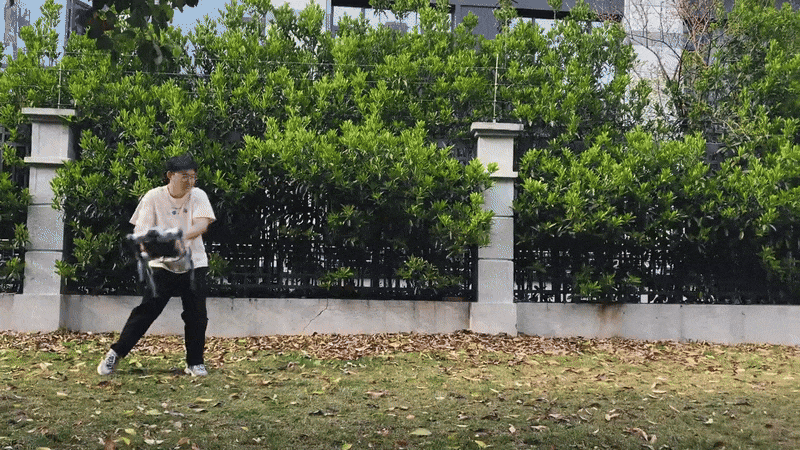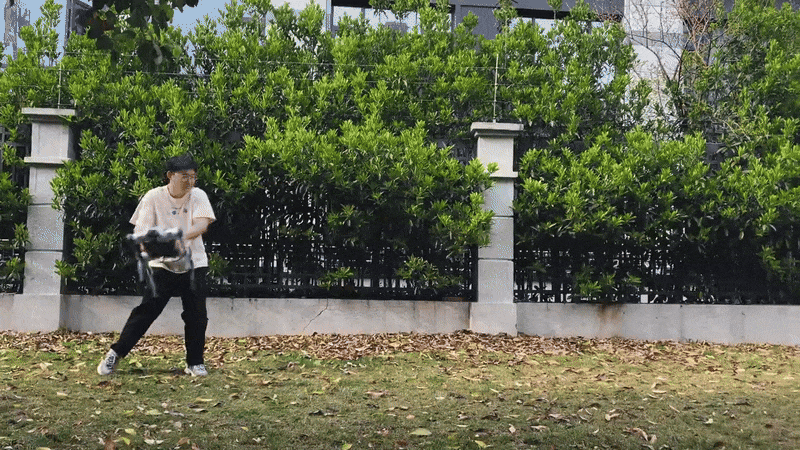

Video Friday is your weekly selection of awesome robotics videos, collected by your friends at IEEE Spectrum robotics. We also post a weekly calendar of upcoming robotics events for the next few months. Please send us your events for inclusion.
RoboCup German Open: 17–21 April 2024, KASSEL, GERMANY
AUVSI XPONENTIAL 2024: 22–25 April 2024, SAN DIEGO
Eurobot Open 2024: 8–11 May 2024, LA ROCHE-SUR-YON, FRANCE
ICRA 2024: 13–17 May 2024, YOKOHAMA, JAPAN
RoboCup 2024: 17–22 July 2024, EINDHOVEN, NETHERLANDS
Cybathlon 2024: 25–27 October 2024, ZURICH
Enjoy today’s videos!
I think suggesting that robots can’t fall is much less useful than instead suggesting that robots can fall and get quickly and easily get back up again.
[ Deep Robotics ]
Sanctuary AI says that this video shows Phoenix operating at “human-equivalent speed,” but they don’t specify which human or under which conditions. Though it’s faster than I would be, that’s for sure.
[ Sanctuary AI ]
“Suzume” is an animated film by Makoto Shinkai, in which one of the characters gets turned into a three-legged chair:
Shintaro Inoue from JSK Lab at the University of Tokyo has managed to build a robotic version of that same chair, which is pretty impressive:
[ Github ]
Thanks, Shintaro!
Humanoid robot EVE training for home assistance like putting groceries into the kitchen cabinets.
[ 1X ]
This is the RAM—robotic autonomous mower. It can be dropped anywhere in the world and will wake up with a mission to make tall grass around it shorter. Here is a quick clip of it working on the Presidio in SF.
[ Electric Sheep ]
This year, our robots braved a Finnish winter for the first time. As the snow clears and the days get longer, we’re looking back on how our robots made thousands of deliveries to S Group customers during the colder months.
[ Starship ]
Agility Robotics is doing its best to answer the (very common) question of “Okay, but what can humanoid robots actually do?”
[ Agility Robotics ]
Digit is great and everything, but Cassie will always be one of my favorite robots.
[ CoRIS ]
Adopting omnidirectional Field of View (FoV) cameras in aerial robots vastly improves perception ability, significantly advancing aerial robotics’s capabilities in inspection, reconstruction, and rescue tasks. We propose OmniNxt, a fully open-source aerial robotics platform with omnidirectional perception.
[ OmniNxt ]
The MAkEable framework enhances mobile manipulation in settings designed around humans by streamlining the process of sharing learned skills and experiences among different robots and contexts. Practical tests confirm its efficiency in a range of scenarios, involving different robots, in tasks such as object grasping, coordinated use of both hands in tasks, and the exchange of skills among humanoid robots.
[ Paper ]
We conducted trials of Ringbot outdoors on a 400 meter track. With a power source of 2300 milliamp-hours and 11.1 Volts, Ringbot managed to cover approximately 3 kilometers in 37 minutes. We commanded its target speed and direction using a remote joystick controller (Steam Deck), and Ringbot experienced five falls during this trial.
[ Paper ]
There is a notable lack of consistency about where exactly Boston Dynamics wants you to think Spot’s eyes are.
[ Boston Dynamics ]
As with every single cooking video, there’s a lot of background prep that’s required for this robot to cook an entire meal, but I would utterly demolish those fries.
[ Dino Robotics ]
Here’s everything you need to know about Wing delivery drones, except for how much human time they actually require and the true cost of making deliveries by drone, because those things aren’t fun to talk about.
[ Wing ]
This CMU Teruko Yata Memorial Lecture is by Agility Robotics’ Jonathan Hurst, on “Human-Centric Robots and How Learning Enables Generality.”
Humans have dreamt of robot helpers forever. What’s new is that this dream is becoming real. New developments in AI, building on foundations of hardware and passive dynamics, enable vastly improved generality. Robots can step out of highly structured environments and become more human-centric: operating in human spaces, interacting with people, and doing some basic human workflows. By connecting a Large Language Model, Digit can convert natural language high-level requests into complex robot instructions, composing the library of skills together, using human context to achieve real work in the human world. All of this is new—and it is never going back: AI will drive a fast-following robot revolution that is going to change the way we live.
[ CMU ]
Reference: https://ift.tt/BzwiJxN
No comments:
Post a Comment